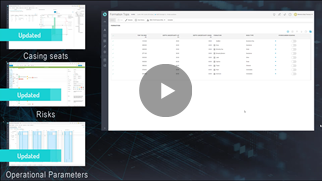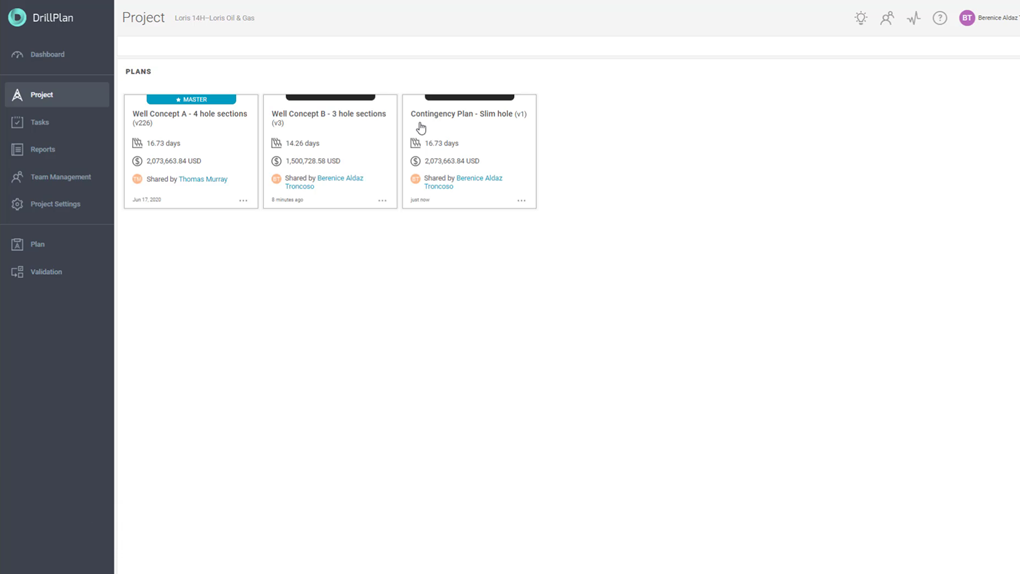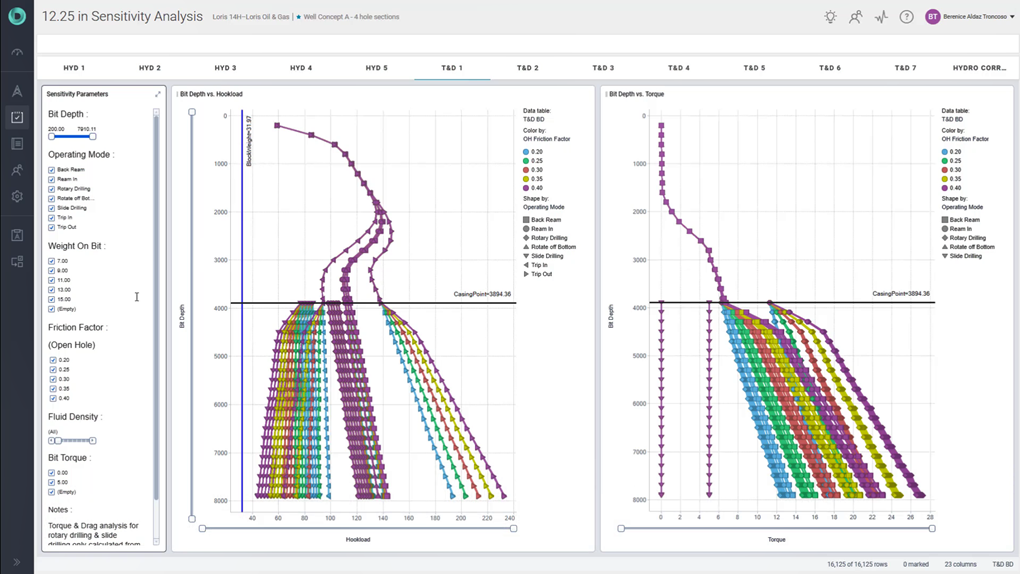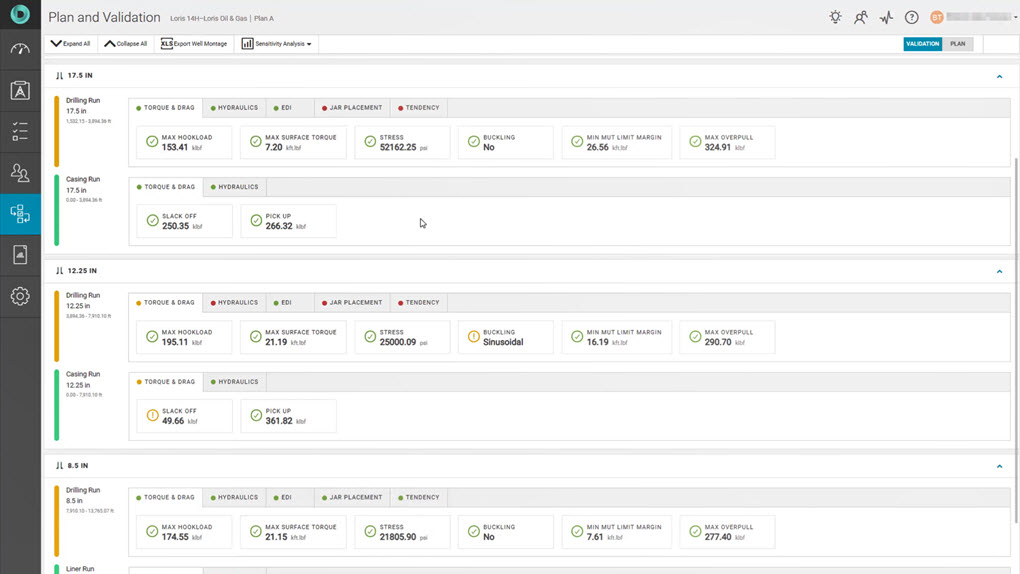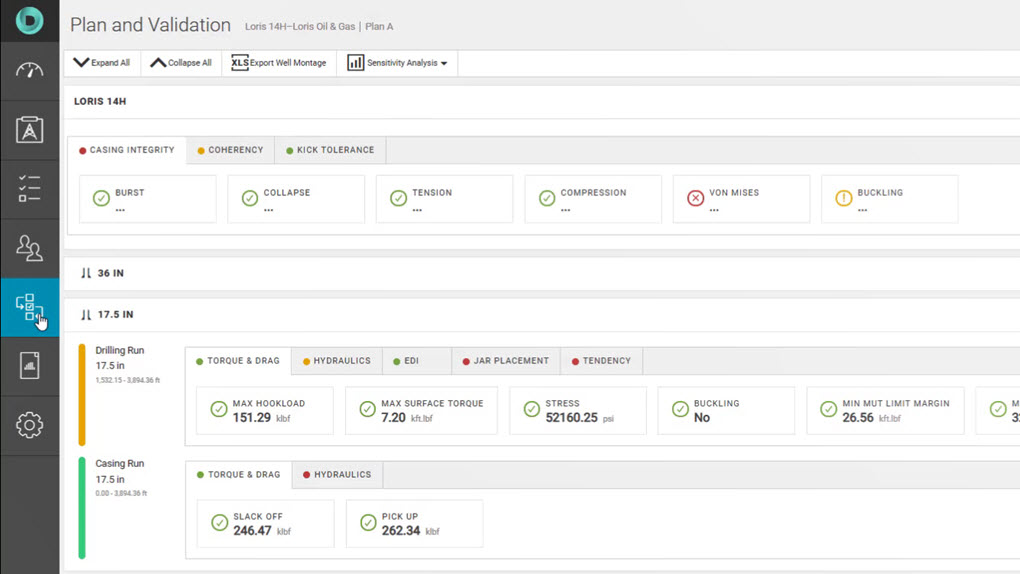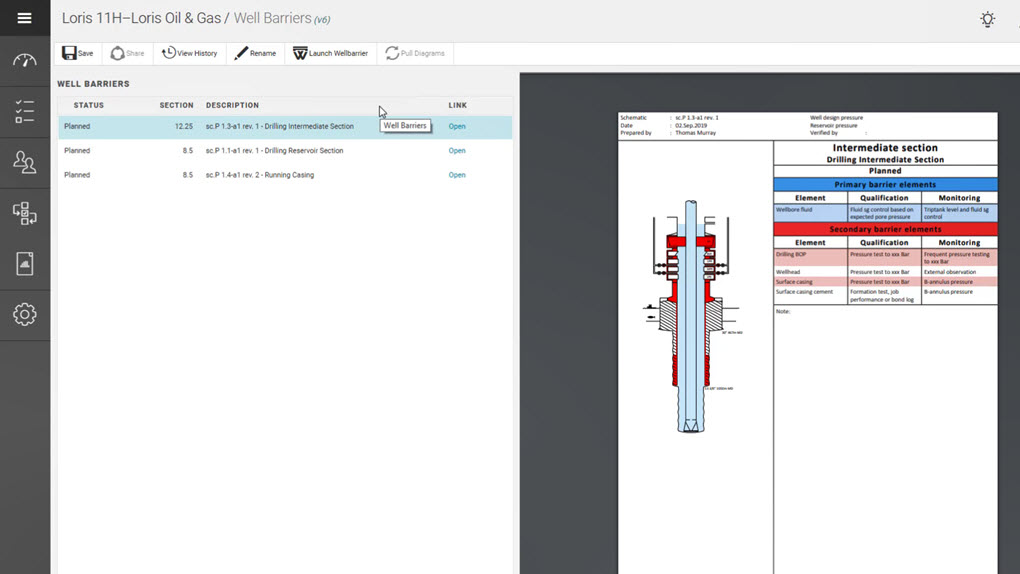DrillPlan Latest Features

Dynamic Multiphase Kick Tolerance
The DrillPlan* coherent well construction planning solution now offers the Dynamic Multiphase Kick Tolerance workflow, which enables the user to make a more accurate assessment of the actual margins in the well if a kick needs to be circulated out.
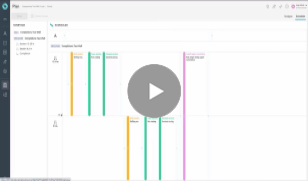
Upper Completion Design with Automated Validation
Completion is, in most cases, the key driver for the well construction. The completion workflow leverages the general workflows in DrillPlan: task management, review/approval, automated engineering analysis, activity.
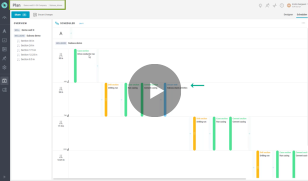
New Functionalities for Offshore Subsea Design
The DrillPlan solution is now compatible with offshore subsea well design, featuring a new set of functionalities and configurations.
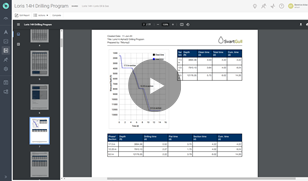
Automated reporting
The automated reporting workflow enables the generation of consistent high-quality drilling programs in just a few clicks. The latest enhancements of dynamic components, reduce manual input and ensures an evergreen drilling report.
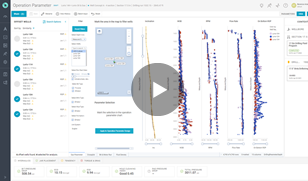
Data-driven drilling parameter optimization
Enhance your operational parameters selection by understanding offset well performance and transferring previous knowledge to your subject well.
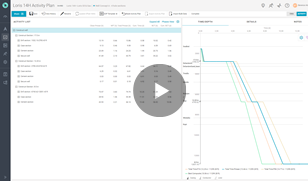
Activity plan with estimated best composite time
Enhance your operational forecasting with identification of offset wells best composite time and probabilistic analysis of non-productive time.
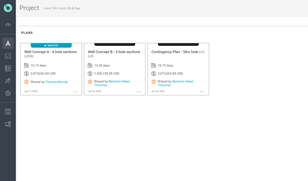
Multi-Plan Optimization
Enable well concept evaluation and selection by easily duplicating your master plan. Explore several proposals by building and comparing scenarios to identify the best possible well design.
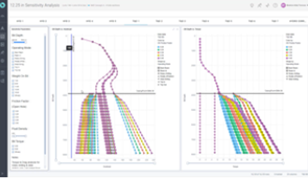
Multi-Dimension Sensitivity Analysis
Gain insight into your designs by performing multi-dimensional sensitivity analysis for hydraulics and torque and drag. Visualize the engineering results through interactive analytics displays to easily evaluate from hundreds of scenarios to optimize your operational parameters.
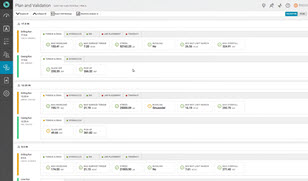
Automated Engineering Analysis and Validation
Maximize the efficiency of your well planning team with the automated engineering analysis and validation. Ensure the highest quality drilling program with best in class science with the DrillPlan coherent well construction planning solution.
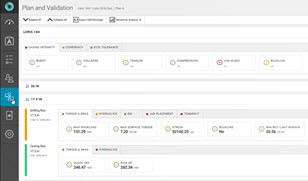
Casing and Liner Running Analysis with Automated Validation
Ensure successful casing and liner running operations with engineering validation every time you make a design change in the DrillPlan coherent well construction planning solution.
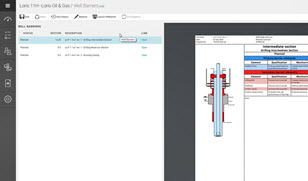
Wellbarrier Illustrations
Reduce your well integrity risk with integrated Wellbarrier illustration tool workflows in the DrillPlan coherent well construction planning solution.
